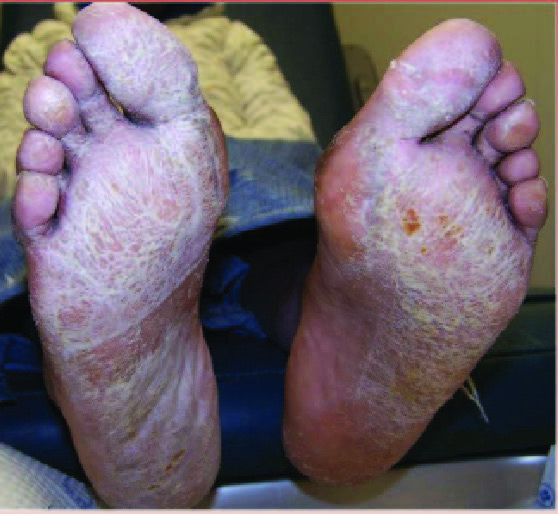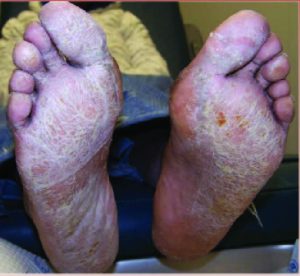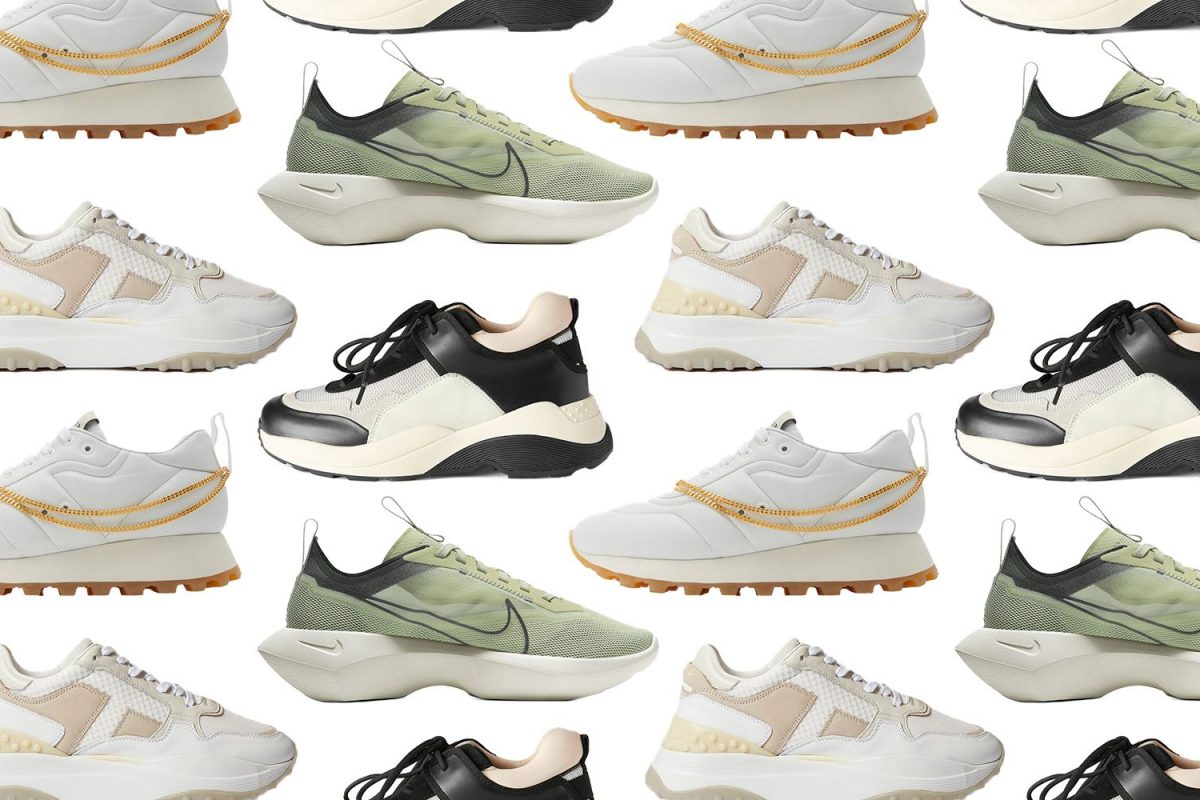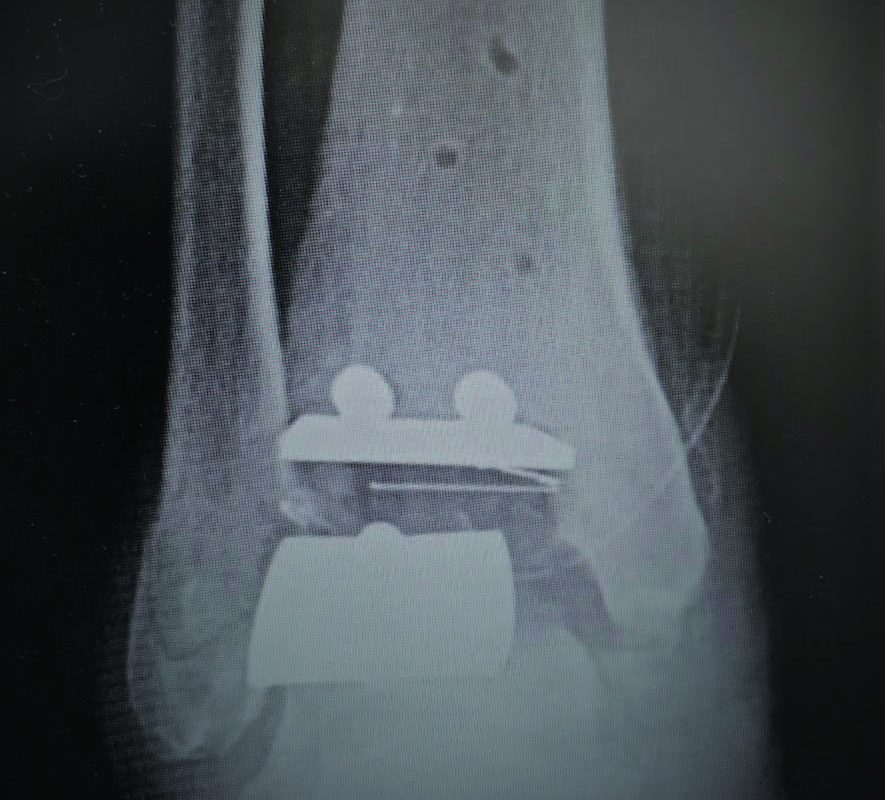In the midst of the ongoing opioid crisis, this author emphasizes obtaining thorough patient and medication histories, strategies for minimizing opioid use, and maximizing the benefits of non-opioid alternatives.
Patients often present for treatment aimed at alleviating pain and improving their quality of life. As physicians in the age of the opioid crisis, we are torn between acting as responsible stewards of opioid treatment while providing enough medication to alleviate pain, which is often surgically-induced. As we try to understand and follow evolving guidelines, policies and rules on pain management, we need to broaden our understanding and, most importantly, be open to utilizing available alternatives.
While there are many resources regarding pain and opioids, there is not much evidence-based data for physicians to follow. The Centers for Medicare and Medicaid Services (CMS), state departments of public health and human services (DPHHS) programs, health insurance carriers, big box pharmacies and hospitals all have their own programs. The Centers for Disease Control and Prevention, however, provides some clinical practice guidelines, including a mobile app.1
Understanding The Importance Of Patient Communication In Pain Management
Informing a patient of the risks of addiction and use of opioids is just as important as informing them about the risks and complications of a particular procedure. Start the conversation about post-operative pain control prior to scheduling surgery. Be realistic about surgically-induced pain and the modalities available to decrease this pain. Increase your patients’ understanding that medication will decrease but not eliminate their pain.
Have a conversation about which medications you will prescribe, the limited number of pills you will provide and/or the number of planned refills, even if it is zero. Provide supporting references to hospital, pharmacy or insurance policies regarding opioid-naïve patients and chronically opioid-exposed patients. Be prepared to treat pain in patients recovering from addiction as well, which requires additional consideration.
Are our psychosocial histories adequate? Do we know if our patients have a history of previous chronic opioid use or addiction, psychological or sexual abuse, anxiety, depression or bipolar disease or tobacco, alcohol or illicit drug abuse? Are they facing socioeconomic challenges?
These are all risk factors for long term post-operative opioid use, chronic opioid dependence and future addiction. Limiting and/or eliminating opioid use in this population may prevent future addiction.2
During the postoperative period, keep an open dialogue with patients. These phone calls or office visits should serve as a reminder regarding the healing process and the progression of post-operative pain levels. Take this opportunity to remind them about non-opioid alternative pain management techniques, such as those recommended by the American Pain Society.3
What You Should Know About A Multifaceted Approach To Non-Opioid Surgical Pain Management
Multi-modal pain management is optimal for all pain control, not just surgical pain. Providers have many options from which to choose.
Local anesthetics. This begins with adequate pedal and regional blocks (with or without ultrasound guidance). Neuraxial anesthesia and peripheral nerve blocks are excellent for pain prevention and relief. Despite the use of general anesthesia, local infiltration with pedal and regional blocks using local anesthetics are still beneficial prior to any incision.4
Local infiltration of Exparel® (Pacira BioSciences), a newly marketed encapsulated liposomal bupivacaine preparation, can be an excellent postoperative choice. This non-opioid agent can provide 48 to 72 hours of anesthesia. It is important to note that Exparel is contraindicated for intra-articular use.5 The FDA may be reviewing additional long-acting injectable local anesthetic preparations in the next few years.
Gabapentinoids. When employing gabapentin or pregabalin (Lyrica®, Pfizer), it is best to administer these medications at least two hours prior to surgery. These drugs shut down excitatory neurotransmitters and decrease upregulation of the central nervous system. However, these drugs do depress the respiratory system so one should exercise caution with these medications for patients who are at high risk for respiratory depression.
Non-steroidal anti-inflammatory drugs (NSAIDs) and acetaminophen. Whether one opts for IV or oral administration, these drugs do have a place in perioperative pain management. These medications decrease the release of pro-inflammatory prostaglandins and peripheral pain mediators.
In a presentation at a symposium on postoperative pain, David L. Nelson MD, an orthopedic hand surgeon, provided an excellent guideline for perioperative use of multimodal pain prevention and management in the orthopedic patient.6 His protocol includes the following steps:
1. Discuss the issue of pain with the patient before surgery.
2. Utilize a NSAID (naproxen sodium or celecoxib) and long-acting acetaminophen the morning of surgery.
3. Use lidocaine in the incisional area preoperatively.
4. Ensure careful tissue handling.
5. Utilize 0.5% marcaine with epinephrine in the surgical site postoperatively.
6. Have the patient use a NSAID (naproxen sodium or celecoxib) and long-acting acetaminophen after surgery.
7. Phone the patient on the first postoperative day to reinforce the pain management protocol.
8. Ask patients about their postoperative pain.
Ketamine. This is an effective drug agonist of the N-methyl-D-aspartate (NMDA) receptors and has become an adjunct intraoperatively. It continues to be more popular in the treatment of chronic opioid-dependent patients and those recovering from addiction.7 I recommend having a conversation with your local anesthesiologist about the use of this drug in your operative patients.
Alpha-2 agonists. Clonidine and dexmedetomidine hydrochloride (Precedex™, Pfizer) can be useful agents. These drugs can provide sedation, decreased anxiety, sympatholytic effects and analgesia. However, it is important to be aware that they can cause bradycardia and hypotension due to their effect on blood flow.
Non-Opioid Pain Control Options In The Non-Surgical Patient
Podiatrists also see a significant number of non-surgical patients that need to manage pain. Although the approaches and options may differ, there are multiple diverse choices that one can employ.
NSAIDs and acetaminophen. In my experience, these are among the main treatment options that most patients and physicians use to manage pain. In a recent lecture at the annual meeting of the American Academy of Pain Medicine, Brian Hainline, MD, maintained that acetaminophen in particular is “vastly, vastly under-prescribed” for acute pain.8 Dr. Hainline noted that acetaminophen and appropriate use of an anti-inflammatory drug can actually augment each other. For athletes who have pain but want to compete the same day, if they don’t have any biomechanical limitations, acetaminophen is a viable option for pain management, according to Dr. Hainline, the Chief Medical Officer of the National Collegiate Athletic Association.8
Massage and soaking. Massage for 10 to 20 minutes can be beneficial for pain management, in my experience. An adjunctive option, massage may decrease pain and muscular tension, and one can supplement this with traditional pain-relieving topical preparations such as IcyHot®. Essential oils such as peppermint oil, lavender oil, black pepper oil, juniper oil, arnica oil and rosemary oil have also been more in vogue recently.9
Soaking the feet, lower extremities and body can have a relaxing effect, which relieves anxiety, and subsequently decreases pain levels in patients. Traditional soaking preparations have Epsom salt bases that reportedly provide magnesium through the skin, relieving muscular aches.10 Other alternatives include adding one half-cup of apple cider vinegar and one half-cup of Epsom salt to one quart of warm water. Magnesium deficiency is often found in patients with fibromyalgia, migraine and chronic muscle spasms.10
Sleep. Sleep disturbances worsen chronic pain and musculoskeletal diseases.11 Establishing a regular sleep pattern should be a top priority. For those having trouble sleeping due to pain, one may initially consider over-the-counter preparations, such as diphenhydramine-based preparations or melatonin. Physicians must never overlook sleep apnea and refer patients to sleep medicine specialists when necessary for treatment.11
Could Complementary Therapies And Diet Changes Have An Impact In Pain Reduction?
Complementary modalities can have a place in providing pain control and improving health. The National Center for Complementary and Alternative Health can provide a wealth of information on this topic.12
Herbs and supplements. Turmeric is the most common herbal preparation people use to decrease inflammation.12 Researchers have suggested that eight to 12 weeks of turmeric extract 1,000 mg/day can reduce arthritic symptoms similar to the improvement patients may get with naproxen or diclofenac.13
Glucosamine chondroitin, according to the National Center for Complementary and Integrative Health, is a safe and well tolerated supplement.14 Glucosamine chondroitin can provide relief from osteoarthritic symptoms when patients take it in recommended doses. However, physicians must remember that glucosamine chondroitin may interfere with warfarin and high doses of the medication may harm the kidneys, and interfere with glucose metabolism in those with diabetes.14
Anti-inflammatory diets. Getting any patient to change his or her diet can be extremely difficult. That said, diet modification can be a great addition to pain treatment and when it is successful, patients have expressed remarkable improvement in my clinical experience. Increased body mass index (BMI) is associated with increased pain, anxiety, fatigue and decreased activity, and quality of life in patients with fibromyalgia.15
Patients with pain should avoid inflammatory foods such as refined grains (rice, white potatoes, pasta, and bread), deep fried foods, pre-packaged/fast foods, corn oil, dairy products, soda, trans fats, margarines and grain-fed meats. Conversely, one should consume anti-inflammatory foods such as raw nuts, sweet potatoes, root vegetables, green tea, wild caught fish, bone broths, eggs, dark chocolate, garlic olive oil, coconut oil, avocado, green leafy vegetables and berries regularly. These changes may improve BMI and be beneficial to the patient’s general health.15
What About The Roles Of Cognitive Behavioral Therapy And Relaxation Techniques?
Cognitive behavioral therapy and relaxation techniques. Cognitive behavioral therapy addresses some of the underlying issues, such as anxiety, fear, distress and avoidance, that make the perception of physical pain worse.16 Counseling provides the opportunity for support groups along with the introduction to self-management techniques for coping and relaxation.16
Periodic deep breathing and meditation can be helpful. Movement with meditation such as yoga and tai chi can be extremely beneficial in increasing relaxation with range of motion, stretching and toning exercises.16
Where Do Opioids Fit In A Multimodal Approach To Pain?
While there a variety of non-opioid options for pain management, opioids still may play a role in treatment algorithms. However, it is essential to ensure proper opioid stewardship.
In the area of perioperative pain control, I follow the motto “give patients only what they need.”
Why should we limit the number of opioids we prescribe?
The Centers for Disease Control and Prevention (CDC) reports that 20 percent of patients who are still taking opioids at 10 days postoperatively will continue to take opioids a year later. That figure rises to 40 percent for those on opioids at 30 days post-op.17 The CDC also notes that 32 percent of opioid addicts report their first exposure from someone else’s medical supply.4
Despite these alarming numbers, in a recent survey in Outpatient Surgery magazine, 44 percent of physicians noted they do not decrease the number of opioids they prescribe due to the convenience of fewer postoperative phone calls from patients.4
There are relatively recent CDC guidelines on chronic pain management.1 Overall, they serve as excellent reminder of the risks of combining medications as well as reinforcing that we should provide the lowest amount of opioid medication for the shortest time possible. However, what is the magic number or should there be one?
Many resources recommend three days of opioid medication with reassessment at that time.1,18
Published limits for an initial prescription in an opioid-naïve patient range from five to seven days of opioids and a maximum of 50 morphine milligram equivalents (MMEs) or less per day.18 No longer should physicians provide prescriptions for 35, 40, 50 or 60 pills.
Some limits on opioid prescriptions are written into state laws. In the state of Michigan, the Michigan Opioid Prescribing Engagement Network (OPEN) has been in place since 2016 with the support of the Michigan Department of Public Health and Human Services, Blue Cross/Blue Shield and the Institute for Healthcare Policy and Innovation at the University of Michigan. This network has released evidence-based opioid prescription guidelines for 25 different surgeries.19 However, we should remember that we may need to be flexible based on a patient’s individual needs.
We won’t address the emerging role of cannabinoids in pain control in this article. We can’t list all of the alternative treatments or modalities available. However, it is important for the provider to realize that we don’t understand exactly how much pain experienced by an individual is due to structural/physical changes versus the body’s response to psychosocial stressors.
In Conclusion
As prescribers, it is our responsibility to understand a variety of ways to help our patients control pain adequately and safely. In an age when opioid addiction continues to grow, familiarity and comfort with alternative options to supplement or replace opioids may help improve outcomes and avoid risk.
Dr. Painter is the Immediate Past President for the American Board of Podiatric Medicine, and is in practice in Great Falls, Montana. She is an Adjunct Professor at the Pacific Northwest College of Osteopathic Medicine and an Adjunct Professor of Podiatry at the Idaho College of Osteopathic Medicine.






